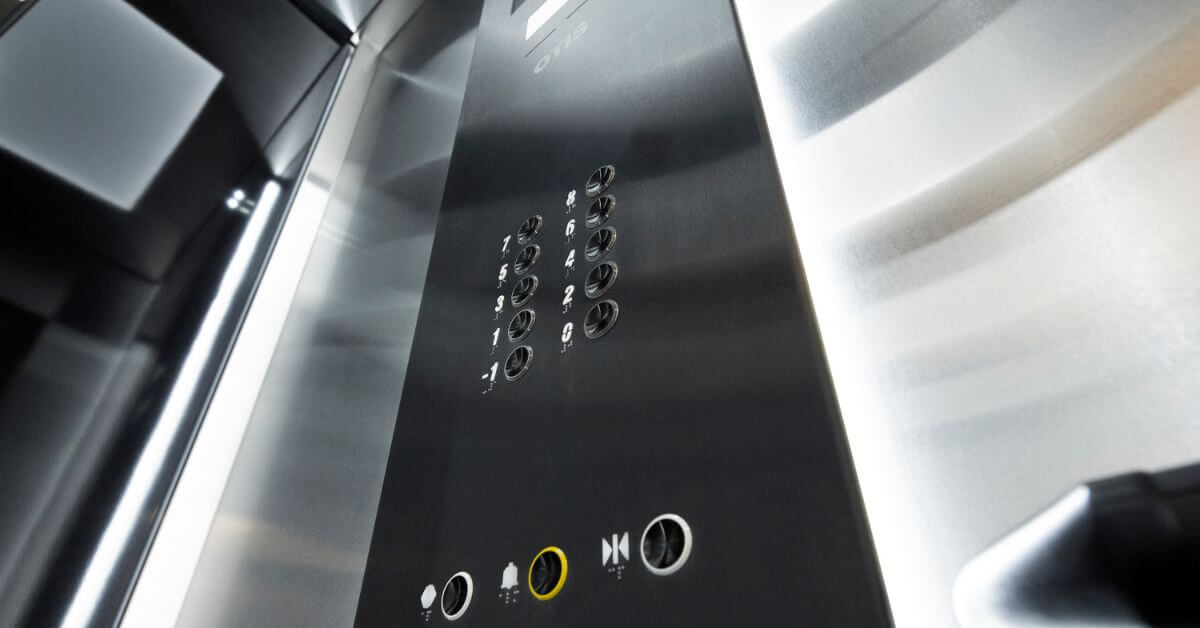Discover Trusted Lift Repair Near Me for Rapid and Affordable Solution
Discover Trusted Lift Repair Near Me for Rapid and Affordable Solution
Blog Article
Looking Into the World of Lifts: Typical Issues Encountered by Numerous Lift Devices
As we navigate through the vertical transportation systems of modern-day structures, elevators stand out as an indispensable element of our everyday lives. From hydraulic lifts to grip systems and machine-room-less designs, each lift type comes with its set of typical issues.
Hydraulic Lifts
Hydraulic elevators, commonly favored for low-rise buildings, use fluid stress to regulate the activity of the lift car (lift repair companies). This mechanism includes a hydraulic pump pressing oil right into a cyndrical tube, creating the lift to relocate in the desired instructions. While hydraulic elevators are recognized for their smooth and quiet operation, they do come with their own set of common concerns
One prevalent problem with hydraulic elevators is oil leak. The seals in the hydraulic system can wear over time, causing oil infiltration. This not only creates a mess yet can also influence the lift's efficiency if left unaddressed. Additionally, concerns with the control system, such as damaged valves or a malfunctioning pump, can trigger disruptions in the elevator's motion.
Regular upkeep and prompt fixings are essential to ensure the smooth performance of hydraulic elevators. By addressing these typical concerns proactively, structure owners can decrease downtime and guarantee the safety and security and performance of their upright transport system.
Traction Lifts
When thinking about upright transport systems in buildings, one more typical type apart from hydraulic elevators is the grip elevator. Traction lifts operate using a system of ropes and weights that move the elevator vehicle by grasping onto the hoist ropes. This device enables for smoother and quicker vertical transport compared to hydraulic systems.
One of the typical concerns faced by grip lifts is rope wear. The consistent movement of the ropes within the grip system can result in tear and wear with time, potentially creating the elevator to malfunction or become dangerous for use. Normal assessments and upkeep of the ropes are important to make certain the elevator's proper performance and safety.
One more problem that traction lifts may run into is associated with the control system. Troubles with the control system can result in problems such as irregular activity, delays in feedback times, or also complete shutdowns. Normal testing and upkeep of the control system are essential to stop such problems and guarantee the elevator's integrity.
Machine-Room-Less (MRL) Elevators

One of the crucial elements of MRL elevators is the portable gearless traction device that is mounted within the hoistway. This machine effectively drives the elevator cars and truck without the need for cumbersome equipment discovered in typical traction lifts. In addition, MRL lifts generally use a counterweight system to balance the vehicle, additional boosting their energy performance.
Despite their benefits, MRL lifts might encounter challenges associated with repair and maintenance as a result of the restricted space for equipment setup. Access for servicing parts within the shaft can be restricted, requiring specialized training for service technicians. Appropriate upkeep schedules and regular assessments are essential to ensure the continued smooth operation of MRL lifts.
Overloading and Weight Limitation Issues
Overwhelming and weight limitation problems are important problems in elevator operations. Lift suppliers layout raises with certain weight abilities to make certain passenger safety and security and devices durability.
When you can try here elevators are overloaded, it puts too much strain on the electric motor, cords, and various other parts, potentially triggering malfunctions or breakdowns. If they identify excess weight, safety and security devices such as sensing units and overload sensors are in area to protect against elevators from relocating. In addition, exceeding weight restrictions can cause boosted energy consumption and wear and tear on the elevator system.
To mitigate overloading problems, developing managers need to plainly display weight limits in elevators and enlighten occupants on the significance of adhering to these restrictions - lift repair companies. Regular upkeep checks by certified specialists can likewise aid make sure that elevators are operating within safe weight specifications. By resolving overloading and weight limit concerns proactively, structure proprietors can improve elevator safety and efficiency
Electric System Failures
Exceeding weight limits in lifts can not only lead to mechanical problems however additionally potentially add to electrical system failures within the lift facilities. Electric system failings are a critical worry in elevator operation, as they can create unanticipated shutdowns, breakdowns, or also safety and security risks.
Regular maintenance and examinations are essential to recognize and resolve possible electrical concerns quickly, making sure the reliable and safe operation of lift systems. By sticking to weight limits and conducting regular electric system checks, structure owners can mitigate the risk of electrical failures in lifts.
Final Thought

Hydraulic elevators, often chosen for low-rise structures, make use of fluid pressure to manage the motion of the lift vehicle.When taking into consideration vertical transportation systems in buildings, another usual type aside from hydraulic elevators is the traction elevator. Grip elevators operate utilizing a system of ropes and counterweights that relocate the lift auto by clutching onto the hoist ropes. Unlike typical elevators that call for a separate machine area to house the tools, MRL lifts incorporate many of the elements within the shaft, removing the need for a devoted equipment space.In conclusion, lifts face common concerns such as hydraulic malfunctions, traction system failings, and electrical system her response troubles.
Report this page